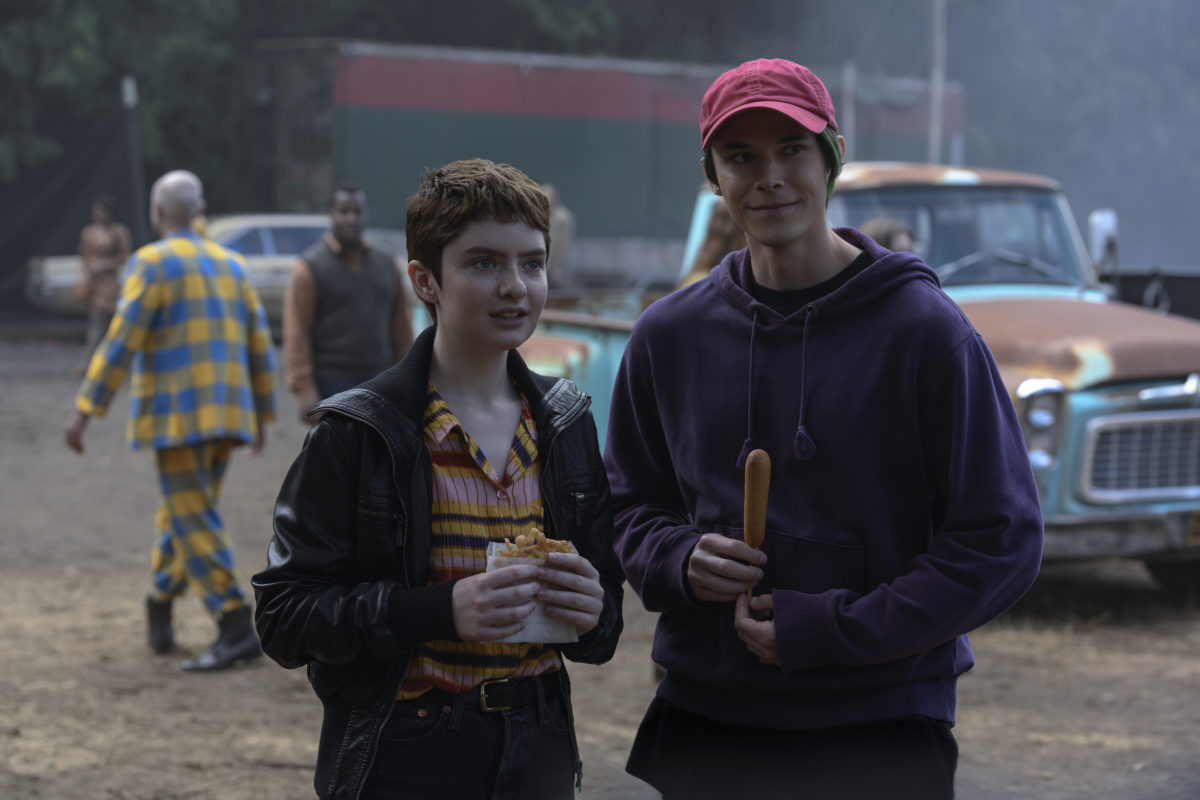Film and Television is finally beginning to catch up on the need for equal representation of all kinds. Younger generations crave portrayals of all genders, sexualities, races and cultures. Some shows have taken this feedback and run with it, and done so exceptionally well.

I often see people of our generation (Gen Y, millennials, those kinds) discussing how certain films and TV shows have not aged well. Often the jokes have been aimed at a minority’s expense and made by privileged, white characters. At the time of their creation, these kinds of jokes or comments were deemed “harmless”—a bit of “light fun”, if you will. Today, they’re off-putting and unacceptable. We can acknowledge the mistakes of past makers and producers and accept that they lived in a different time. But we’re living now.
We don’t want to see those kinds of jokes any more, and to be fair, we pretty much don’t see them. What we really want to see is fair representation. We want to see characters of all races, genders, sexualities, cultures and everything under the sun. These are the kinds of humans that grace our planet and deserve to be shown on television. Enough white washing—today we want to see the norm.
When equal representation is done right, we shouldn’t notice it. Especially not as it happens before our eyes. Lately, I’ve watched certain productions and it isn’t until afterwards, when I’m discussing it with my partner or a friend, that we’re able to comment and say something like: yeah, they did that really well. That was damn refreshing to see.
A few television series that have graced our screens within the past couple years have shown us a stunning debut of equal representation. The first one I noticed was The Chilling Adventures of Sabrina—yes, a reboot of the classic Archie Comic original. I’m not talking equal representation of witches and warlocks (ha), but one of the first mainstream shows I’d seen that showed a character undergo transition. Sabrina’s best friend Susie soon decides they would rather be called Theo, and not a single friend questions their choice. It’s accepted immediately amongst their peers—Susie is now Theo. End of story. As it always should be.

Alongside this character we see all walks of sexuality and relationships embraced. I use this term, because these examples merely exist in the show, as in the real world, with no comment (though often there is unwarranted comment out in the real world, unfortunately).
Another show that does this exceptionally and explicitly well is the British series, Sex Education. Perhaps in this series it is a little more blatant, due to the title, but the representation is prevalent and normal. Though it is actually discussed at times, because of the nature of the show.
My favourite moment is early in season 2. The High School has just had a recent chlamydia outbreak and the curriculum’s sex education is being questioned. Main character Otis’s mother Jean (a sex therapist) has been employed—begrudgingly—to infiltrate an open and healthy discussion about sex and pleasure, where students can ask any questions they might have. New student from France, Rahim asks a question about anal sex, particularly for pleasure. Eric, who has a huge crush on Rahim, is ecstatic because this has made him realise he might actually have a chance if Rahim is gay.

This show is so current. To be honest, it’s probably more ahead of its time than anything. I wonder if we can pin that down to its British origins. All I know is, this kind of thing was never discussed at my high school. Aside from scientific, heterosexual “norms”, STDs and pregnancy, we did not discuss sex for pleasure or outside of the stereotypes.
Whether the representation of all peoples, genders and sexualities is on the nose or not, it really just needs to be there full stop. We’re seeing it more and more these days and it’s always very exciting when it’s done well—meaning it’s just there, as it should be.
Although it’s a growing phenomenon, it still isn’t widespread. The more we talk about it, and how much we love seeing the normalities of our world presented in mainstream art forms, the more potential there is for a rise in equal representation.
Subscribe to FIB’s Weekly Alchemy Report for your weekly dose of music, fashion and pop culture news!







